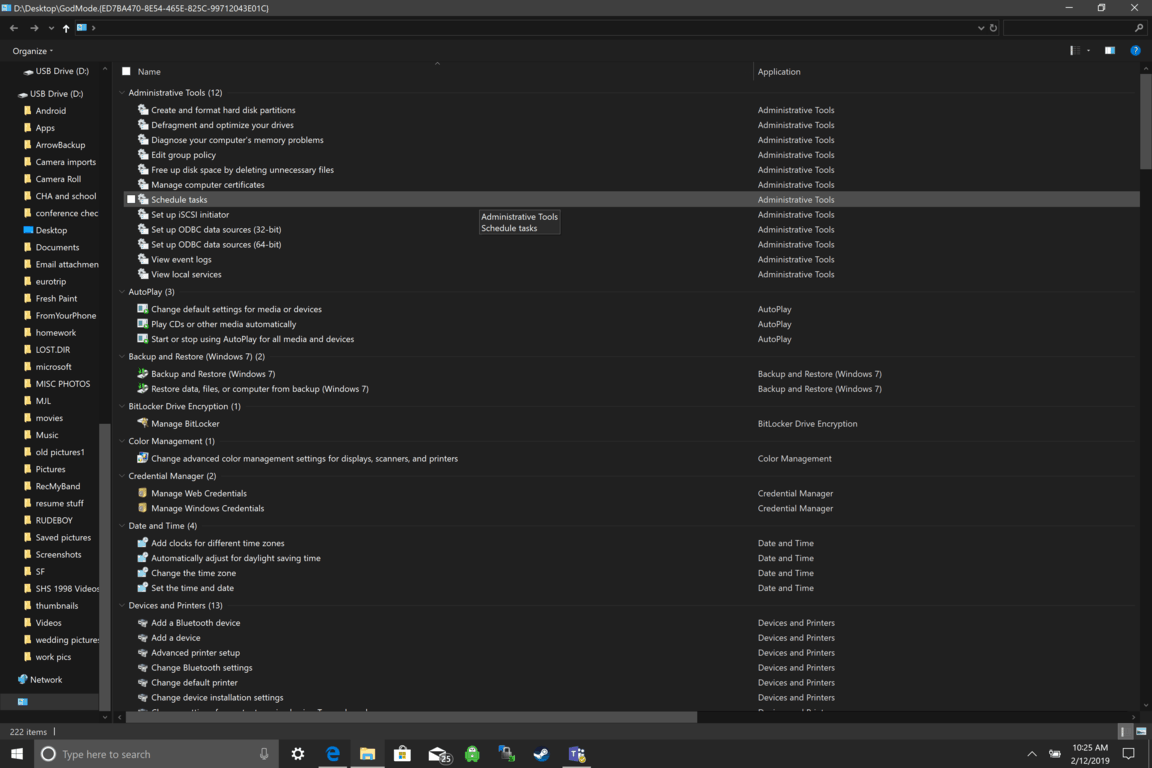When you upgrade your Windows 7 or Windows 8.1 system to Windows 10, you’ll undergo a phase called Out of Box Experience, or simply OOBE. This phase is intended to allow users to customize their Windows 10 experience, which includes defining personal settings, creating user accounts, and more. Some users reported having issues when creating their user account during the Out of Box Experience (OOBE) on Windows 10 upgrade. Some also reported issues about non-responsive behavior (Welcome Back) page.
Solution
 Error Causes
Error Causes
Unfortunately, there’s no known cause for this error. However, some users reported that this occurs when:
- There’s a problem with the ISO or CD used to install Windows 10
- There’s hardware malfunctioning on the computer
Further Information and Manual Repair
Your Windows 10 upgrade will not be successful if you’re not able to create a user account or finish the Out of the Box (OOBE) phase of the installation. Here are some methods that will help you fix this manually.
Method 1 – Wait and retry
Some users reported that waiting for about an hour and retrying the process again will solve this problem. It’s also recommended that you keep your computer in a ventilated place while you wait to retry the process.
Method 2 – Load default user manually
This method has 2 requirements in order to work.
- You need to be upgrading from a previous Windows version, and
- Your Windows was originally configured to automatically boot to desktop
If you meet these two requirements, you can solve the error by following the steps below:
- Hold CTRL+ESC keys. Windows should load the default user after doing this step.
- Press the Windows key + X. Then, click the Computer Management icon
- Choose “Local Users and Groups”
- Double click on Users
- Right-click on the right pane, and then choose “New User”
- Create a new user account and password
Method 3 – Power down your laptop
This method only applies if you’re a laptop user.
- Power down your laptop
- Remove the battery of your laptop
- Wait for about 10 minutes
- Connect your laptop using direct current
- Turn on your laptop again
- Create a new user account and log in
Method 4 – Create a local account if you’re trying to set up a Microsoft account
Instead of connecting to a Microsoft Account after the set-up, you might want to try creating a local account. To do this, follow the steps below:
- Power down your computer if you are to set up a Local Account.
- Disconnect your computer from the Internet, either Wired or Wireless
- Unplug your computer, and wait for about 10 minutes.
- Reconnect your computer and start Windows. Do NOT connect to the Internet and make sure you’re disconnected to any devices you don’t need.
- Try creating a user account again
If the steps above don’t work, you might want to try Startup repair.
Method 5 – Boot your computer from Windows 10 media
In order to do this step, you need to have official Windows 10 ISO files.
- Go to the “Install Now” screen
- Choose Repair your computer
- Click Advanced Options
- Click Safe Mode
After doing the steps above, there’s a chance you get an error message that says “installation cannot be completed in safe mode”. When you see this, just press Shift+F10. This will execute and open the command prompt of your computer.
From the command prompt, you can try and create a new user account.
For example, net user Username Password /add
The username here should be replaced with the account name you want to add, and the Password here should be replaced with the password you want to use for the account.
After replacing the username and password on the text, press the Enter button on your keyboard. You’ll know if the command is successful once you see the message, “The command completed successfully.”
You can now close the command prompt. Restart your computer and try to log in using the account you just created.
Method 6 – Use a powerful automated software
If all the above methods still don’t work, it might be best to try automated software to help you fix this problem.


 Like in Windows 10, Windows 11 will also support God mode to be enabled and used. For those readers that do know what God mode is, let me explain it in simple terms. God mode is the icon on the desktop that once clicked will open and let you adjust every option in the control panel and some hidden features for Windows inside one application.
There are a lot of advantages to having this one-click fast access to features, especially if you are a power user. Luckily creating such an awesome icon and enabling God mode is very easy to accomplish, all you have to do is:
Like in Windows 10, Windows 11 will also support God mode to be enabled and used. For those readers that do know what God mode is, let me explain it in simple terms. God mode is the icon on the desktop that once clicked will open and let you adjust every option in the control panel and some hidden features for Windows inside one application.
There are a lot of advantages to having this one-click fast access to features, especially if you are a power user. Luckily creating such an awesome icon and enabling God mode is very easy to accomplish, all you have to do is:
